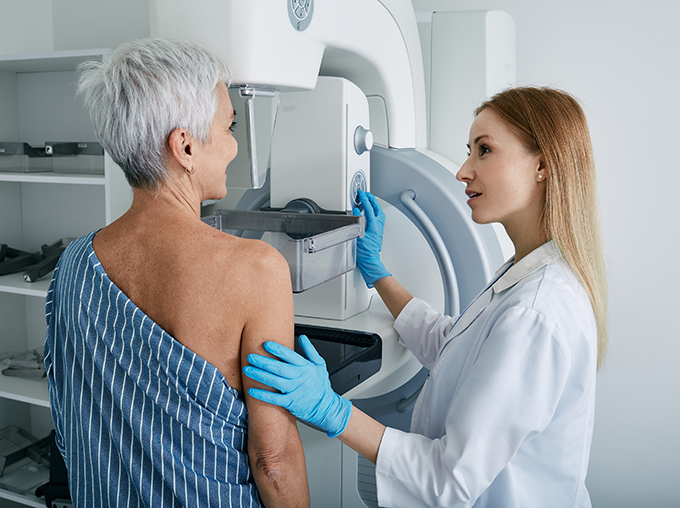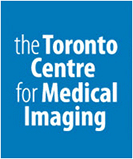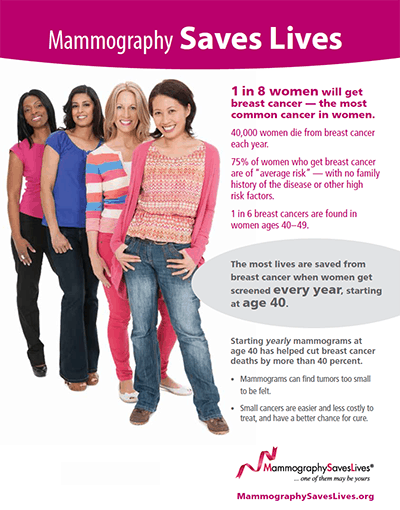
Canadian Association of Radiologist’s accreditated for Mammography

Ontario Breast Screening Program
Mammogram Clinic in Toronto
Visit our Downtown Toronto Mammogram Clinic – Specializing in Mammography
Screening is key to the early detection of breast cancer. Annual screening mammography is currently recommended by most National organizations for all women over the age of 40. It can detect a cancer in the breast up to two years before a patient or physician can feel the lump. The Toronto Centre for Medical Imaging is also a screening centre for the Ontario Breast Screening Program and has been accredited by the Canadian Association of Radiologists since 1998.
Following screening mammography, about 10% of women will be recalled for additional views. This should not cause undue worry as more than 9 out of 10 patients that get recalled for additional views are subsequently categorized as “benign” or “probably benign”.
If we feel that additional views are necessary, one of our staff will contact you and schedule an appointment on behalf of your physician. If we feel a biopsy is required, we will schedule an appointment within a week to have this procedure completed, pending authorization from you and your physician.

Supplementary Screening for Dense Breasts (ABUS)
If you have been told that you have dense breasts supplemental screening with automated breast ultrasound may be beneficial for you as part of your regular screening for breast cancer.
It is important for you to understand the following about breast density (BI-RADS category C and D) which you may have been told you have or seen on your report.
- Greater breast density results in lower sensitivity for mammography and higher likelihood that cancer will be missed.
- The assessment of breast density is subjective and, therefore, variable.
- Density itself is a risk factor. Women with dense breasts have approximately 1.5 to 3 times higher risk than the average woman, or woman with fatty breasts.
- Breast density can be affected by age and weight and therefore can change over time.
- Routine screening mammogram is recommended for women over age 40. ABUS (automated breast ultrasound) is not a substitute for your mammogram. ABUS is supplementary to your mammogram.
*Note that supplementary screening for dense breast (ABUS) is currently not approved by OHIP. There will be a charge for this service.
Insurance companies are slowly recognizing the utility of this service, and some are covering it under their benefits plans.



